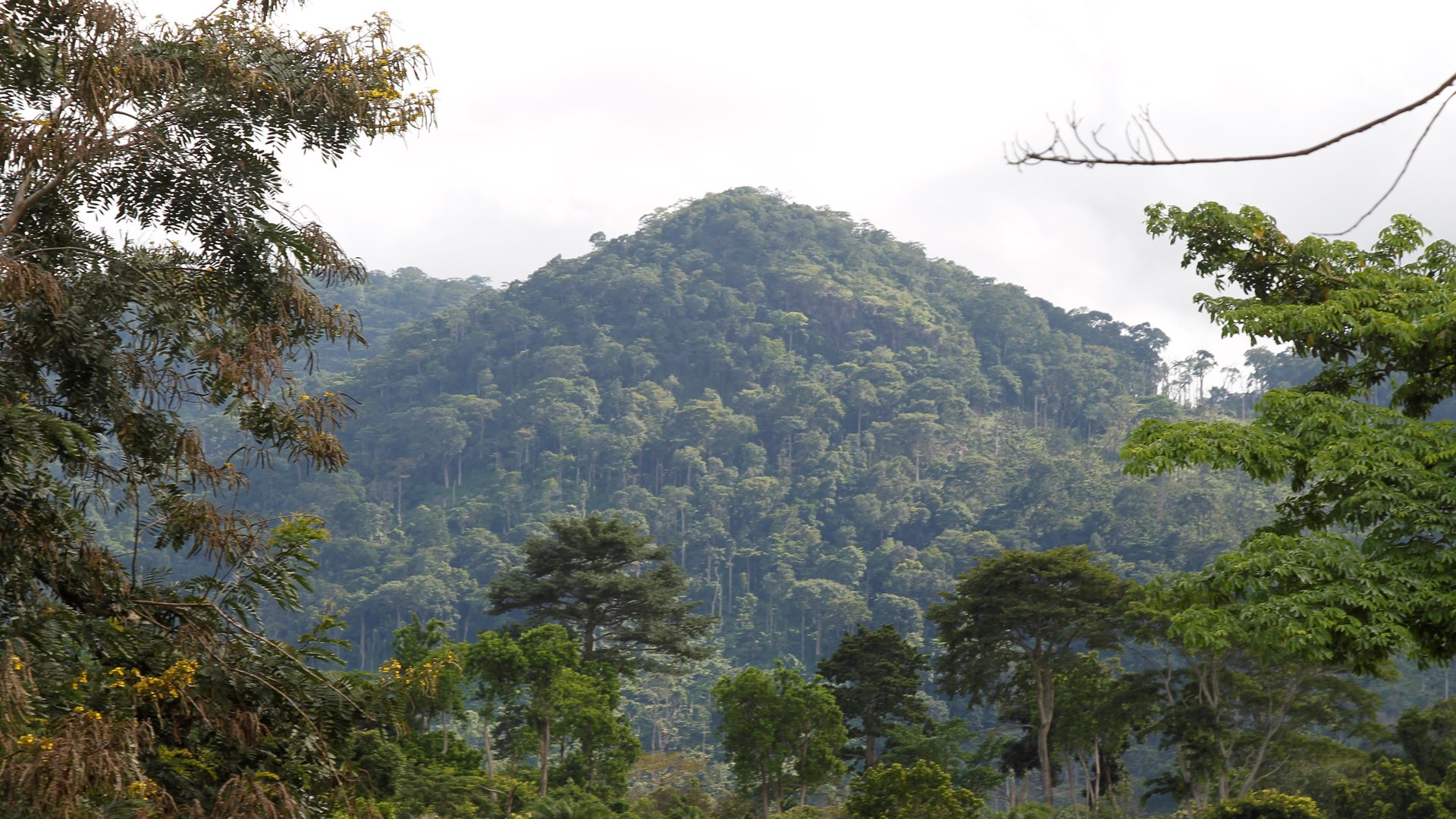We’ve been using bad Africa deforestation data for years
New research suggests Africa’s deforestation rate is likely lower than scientists previously thought. Unfortunately, it’s not because deforested areas are regrowing. It’s because earlier estimates of forest cover in Africa were off the mark.


New research suggests Africa’s deforestation rate is likely lower than scientists previously thought. Unfortunately, it’s not because deforested areas are regrowing. It’s because earlier estimates of forest cover in Africa were off the mark.
Carla Staver, an assistant professor of ecology and evolutionary biology at Yale University and one of the authors of the recent study, says the team took a uniquely data-driven approach to map forest extent over the last century. Previous estimates compared current forest coverage in Africa to numbers derived from climate models that calculate where forests might have been historically. Those estimates typically yielded deforestation rates between 35% and 55% since 1900.
But many of those measurements didn’t take into account how much savannah—the grassy plains with few trees found across subtropical regions—covers the African continent, argues the new paper. That blindspot is exacerbated by recent studies finding that savannah can exist in climates previously thought to only support forests, says research lead Julie Aleman, a paleoecologist at the University of Montreal. “Forest extent in 1900 was overestimated by the models,” Aleman says, because they miscounted savannah coverage as forest. That means deforestation rates based on those models were also too high.
In place of these models, Aleman’s team used old plant remains deposited deep in lake sediment or buried in soil to determine whether the vegetation present in 1900 was forest. They integrated these data with historical maps and documents, and used a statistical model to fill out details, taking into account variables like rainfall. The number they came up with: 21.7%.
The study’s results are limited: they don’t cover the entire continent, (the study included 26 countries) and the 21.7% rate is only an average, which doesn’t reflect the immense deforestation rates of up to 90% in some areas.
Nevertheless, the findings have important implications for conservation strategies on the continent. The researchers hope the work “can serve as a basis to stop misguided reforestation strategies that target old-growth savannahs, and instead help target areas that have been truly deforested,” Aleman writes on the Nature Ecology & Evolution website. Aleman—who, like Staver, is a savannah ecologist—writes that they were inspired to do their research after they kept hearing the “pervasive (and, we felt, misguided) assumption that forests were historically widespread” on the continent. “It was really a conservation issue for savannahs,” she tells Quartz.
Aleman hopes the study will help the research community reach consensus on how to define forests. As Crystal Davis, director of Global Forest Watch, an initiative of the nonprofit World Resources Institute, points out, the definition of “forest” and guidelines for how to measure forest cover differ from country to country. For example, Davis says some countries don’t include certain canopies (overlapping trees) that others might. The lack of definitional consensus isn’t just semantics; it can impact environmental efforts. “When you start talking about climate change negotiations,” says Davis, “you want to include forests but you have to get all the countries to agree how to define [them.]”